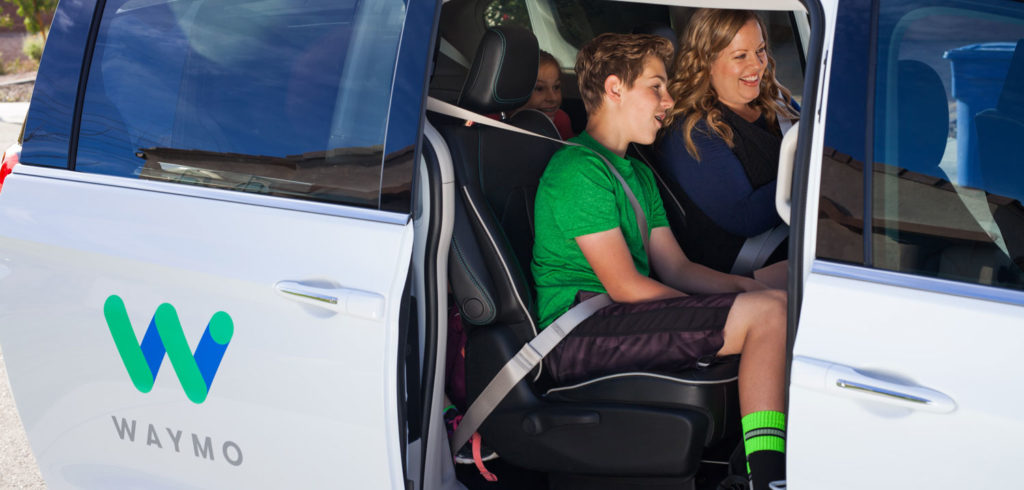Alphabet’s AV development subsidiary Waymo has taken the unprecedented step of making its self-driving data set available to the public.
Available for free, the Waymo Open Dataset comprises high-resolution multimodal sensor data covering more than 10 million miles in 25 cities. The data set covers a wide variety of environments, from dense urban centers to suburban landscapes, as well as data collected during day and night, at dawn and dusk, in sunshine and rain.
Believed to be one of the largest self-driving data sets ever released for research, it contains data from 1,000 driving segments, with each segment capturing 20 seconds of continuous driving, corresponding to 200,000 frames at 10Hz per sensor. Such continuous footage gives researchers the opportunity to develop models to track and predict the behavior of other road users.
Each segment contains sensor data from five high-resolution Waymo lidars and five front-and-side-facing cameras. The data set includes lidar frames and images with vehicles, pedestrians, cyclists and signage carefully labeled, capturing a total of 12 million 3D labels and 1.2 million 2D labels. Waymo has also been working on 3D perception models that fuse data from multiple cameras and lidars.
A statement on the company’s blog page read, “When it comes to research in machine learning, having access to data can turn an idea into a real innovation. This data has the potential to help researchers make advances in 2D and 3D perception, and progress on areas such as domain adaptation, scene understanding and behavior prediction. We hope that the research community will generate more exciting directions with our data that will not only help to make self-driving vehicles more capable, but also impact other related fields and applications, such as computer vision and robotics. This release is just the first step and we welcome community feedback on how to make our data set even more impactful in future updates.”
Element invests in scratch hardness testing capability at Wednesbury lab
Element Materials Technology has invested in new equipment to facilitate scratch hardness testing for the automotive industry. The Erichsen 430 P-I scratch hardness device, which is located at Element’s Wednesbury, UK laboratory, provides more accurate scratch hardness testing of automotive paint coatings and is able to replicate tests such as ISO 2409 with better precision due to the automated nature of the technology. This also ensures capacity to create scratch lines within 0.5mm of one another.
The enhanced precision of the Erichsen 430 P-I gives Element the capability to conduct scratch hardness testing to new, leading industry standards as implemented by Jaguar Land Rover, General Motors and BMW. This is in addition to capabilities for traditional requirements utilizing handheld devices.
Element’s investment in new scratch hardness testing equipment is in response to changing market conditions, with automotive companies increasingly demanding more accuracy and numerical data in relation to the testing of paint coatings.
Rob Veitch, EVP of fire and building products at Element, said, “As the automotive industry continues to evolve, the requirements for all aspects of vehicle testing are becoming more rigorous and data-oriented.
“It is likely that more companies will follow JLR, GM and BMW in mandating higher testing standards and investing in technology at the forefront of automotive paint testing, such as the Erichsen 430 P-I, ensures that Element is established as a leading testing center operating to the highest technical standards. It also serves to highlight that we have the capability and expertise to invest in the latest technology to provide the most comprehensive service to our clients.”


